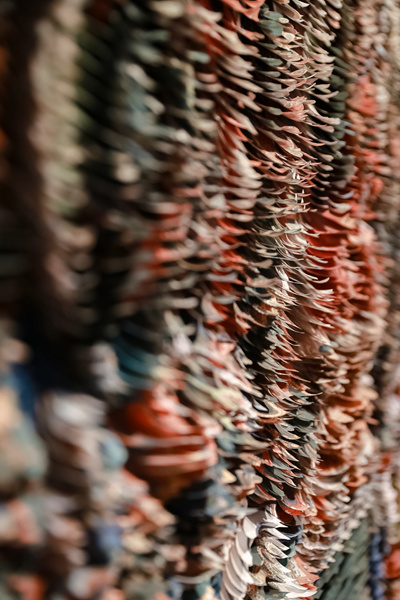

Since 2008, he has studied under experienced professionals in the field, including book designer Lyu Jingren.
Even though e-books have increasingly made their presence felt, Zhang is confident that people would still appreciate printed books with distinctive physical properties and ornamental attributes, especially those that are collectible.
"E-books do satisfy a particular need, but printed books bring a different enjoyment," Zhang says.
In his mind, books are the buildings that house words and poetic meanings. And just like the buildings in our everyday lives, their architecture needs to be both functional and aesthetic.
"It's relatively easy to get information on other binding techniques, but that's not the case with dragon-scale binding," he says.
When Zhang began his project, it was not plain sailing.
After searching to get materials that were traditionally used in bookbinding, such as rice paper, bamboo, silk and wood, Zhang was faced with the most crucial and difficult part of the binding process: controlling the placement of each page.
With few historical references to fall back on, Zhang could only continuously check with book design experts, and refer to the Palace Museum's one existing dragon-scale bound book to get it right.